Info Sheet: Canada Anti-Spam Legislation
Canada Anti Spam Legislation
This information is intended as basic guidance only and should not be taken as legal advice for determining your compliance with CASL.
What is it?
The Canada Anti Spam Legislation (CASL) is a new anti-spam law that was passed in 2010 and is only now coming into application. This legislation covers all commercial electronic messages (CEMs) sent in Canada by any business or organization, including emails, SMS/text messages, and instant messages and requires certain criteria be met before messages are sent.
What does this mean?
The legislation is lengthy but focuses mainly on establishing criteria for content and consent for all CEMs.
Consent: the CEM sender must have either explicit or implied consent from the recipient before sending the message.
Content: all CEMs will need to include information that clearly identifies who the sender is, provide the sender’s contact information (mailing address, and either website, email address or phone number), and allow the recipient to withdraw consent with an unsubscribe function that takes effect as soon as possible.
In short, everyone on your mailing list must have consented to receive CEMs from you. Business will need to have a way of recording when/where/how they received consent from each person they contact, or why your CEM is exempt.
What is exempt?
There are no exemptions for the content. All of your CEMs must contain the identification information and unsubscribe function mentioned above.
There are some instances where your message will be excluded from CASL or where consent is not required, including when responding to/or making an inquiry or complaint, delivering a quote, or communicating information on warranties and recalls. CEMs used by charities and non-profit organizations to fundraise are also exempt.
What is consent?
You must have either explicit or implied consent to send a CEM to someone.
Explicit Consent:
The recipient has given you permission to send them CEMs and you have a record of where/when/how you obtained that permission. Explicit consent can be obtained several ways, including:
1. The recipient has completed a web form or sign-up form and has opted-in to receiving your CEMs. But remember:
– you must explicitly state what they are opting in to receive
– you must be clear who is seeking their consent
– you must indicate that the contact can unsubscribe at any time
– you must allow the contact to opt-in manually (you can’t pre-check the opt-in box!)
2. The recipient verbally (or through other means) gave you permission to contact them and you can record when/where/how that occurred.
Implied Consent:
The recipient can be sent CEMs because you have an existing business or non-business relationship with that person that carries an implied consent for communication or because they have publically disclosed their email address.
1. An “existing business relationship” exists when you are doing business with someone or have done business with them in the past 24 months. This could mean either the recipient purchased a product or service from you or you have entered into a contract with them. For 24 months following the end date of your commercial/contractual activity together, you have implied consent to contact that person.
2. Another form of “existing business relationship” exists when someone makes an inquiry of your business. For 6 months following that inquiry, you are able to communicate with them under implied consent.
3. The recipient has disclosed their email address to the sender without indicating that they do not want to receive unsolicited messages. This can be thought of as the “business card” consent. (this also applies if the person posts their email address on a public website without an explicit disclaimer indicating they do not wish to receive unsolicited CEMs).
What about my existing contacts?
Under the final CASL regulations an organization does not have to re-qualify or re-confirm contacts that have already given that organization explicit consent to send them CEMs. However, you CEMs themselves must meet the content criteria set out in the legislation.
When does it start?
CASL comes into effect on July 1st, 2014.
There is a 3-year transitional period that starts when the legislation enters into force during which consent to send commercial electronic messages is implied, but only in the case of contacts with whom you enjoy a pre-existing business and non-business relationship and the relationship includes the communication of CEMs. You must stop sending CEMs if the recipient withdraws consent at any.
Where can I find out more?
The official government website
BBOT Member Kinetix Media’s CASL Toolkit
The full anti-spam legislation
A helpful, comprehensive guide to CASL compliance
The Burnaby Board of Trade is interested in hearing how complying with this new legislation impacts your business. Feel free to contact Cory Redekop at cory@bbot.ca





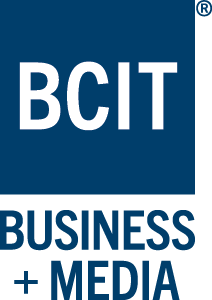







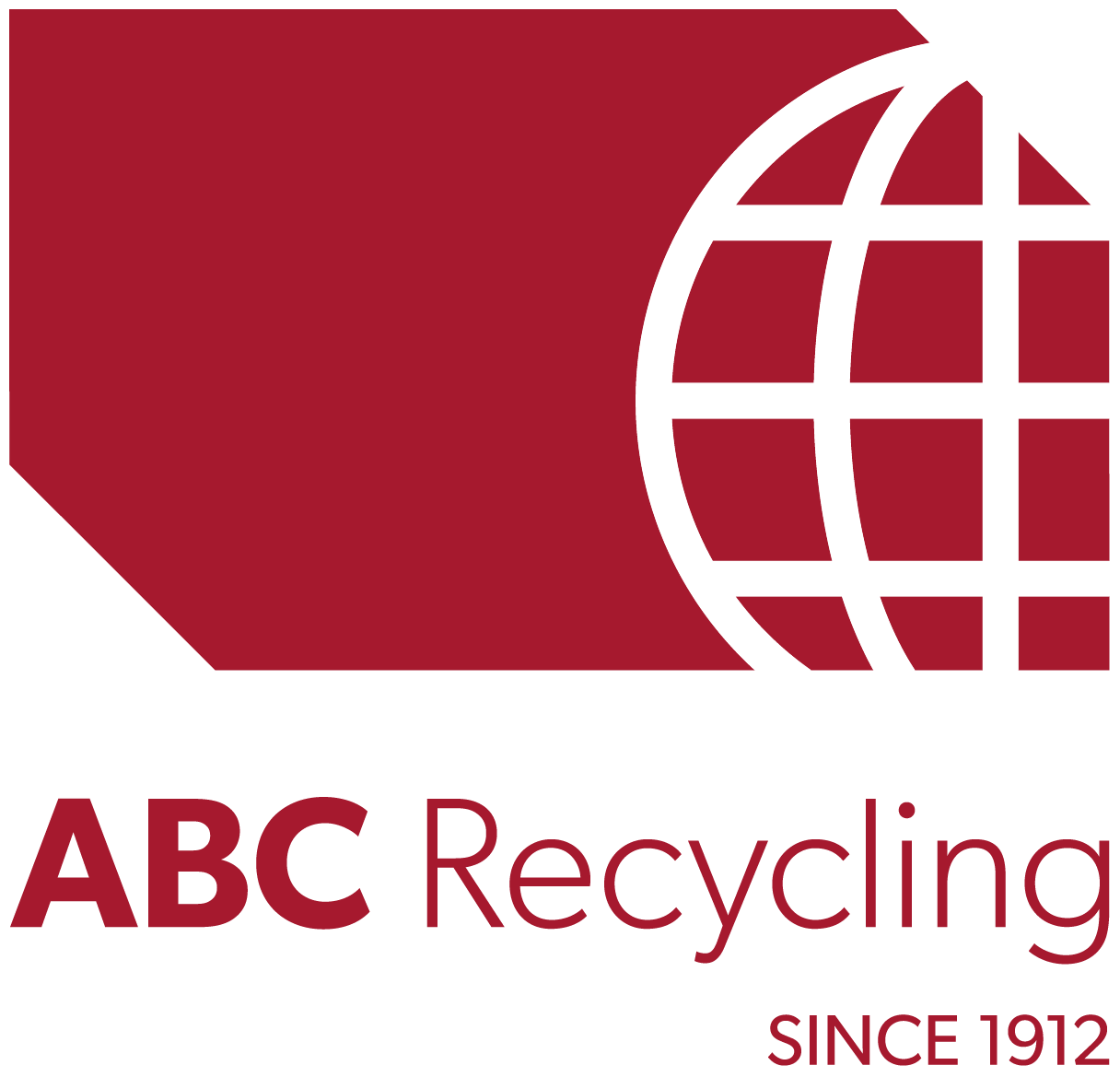

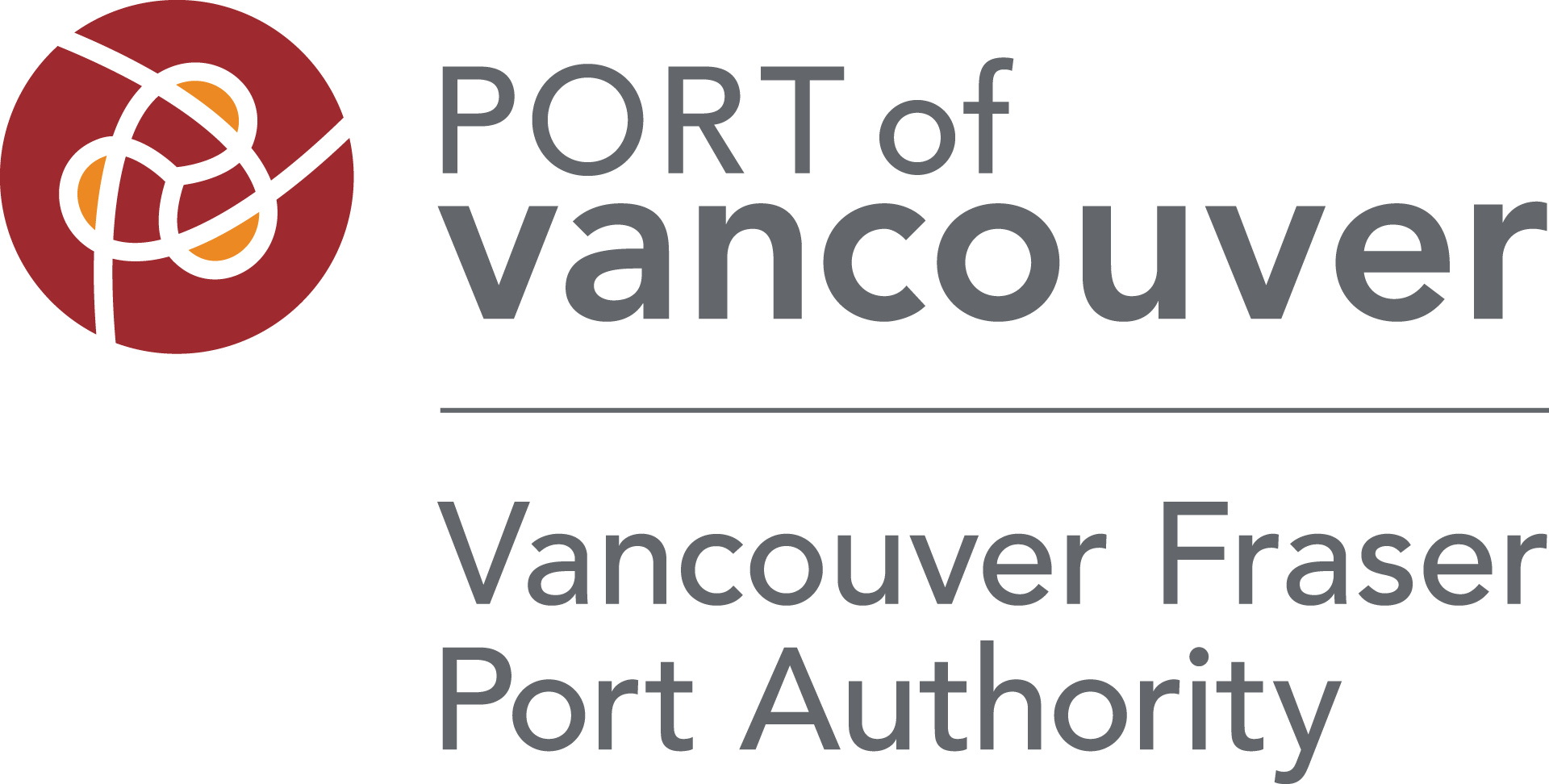

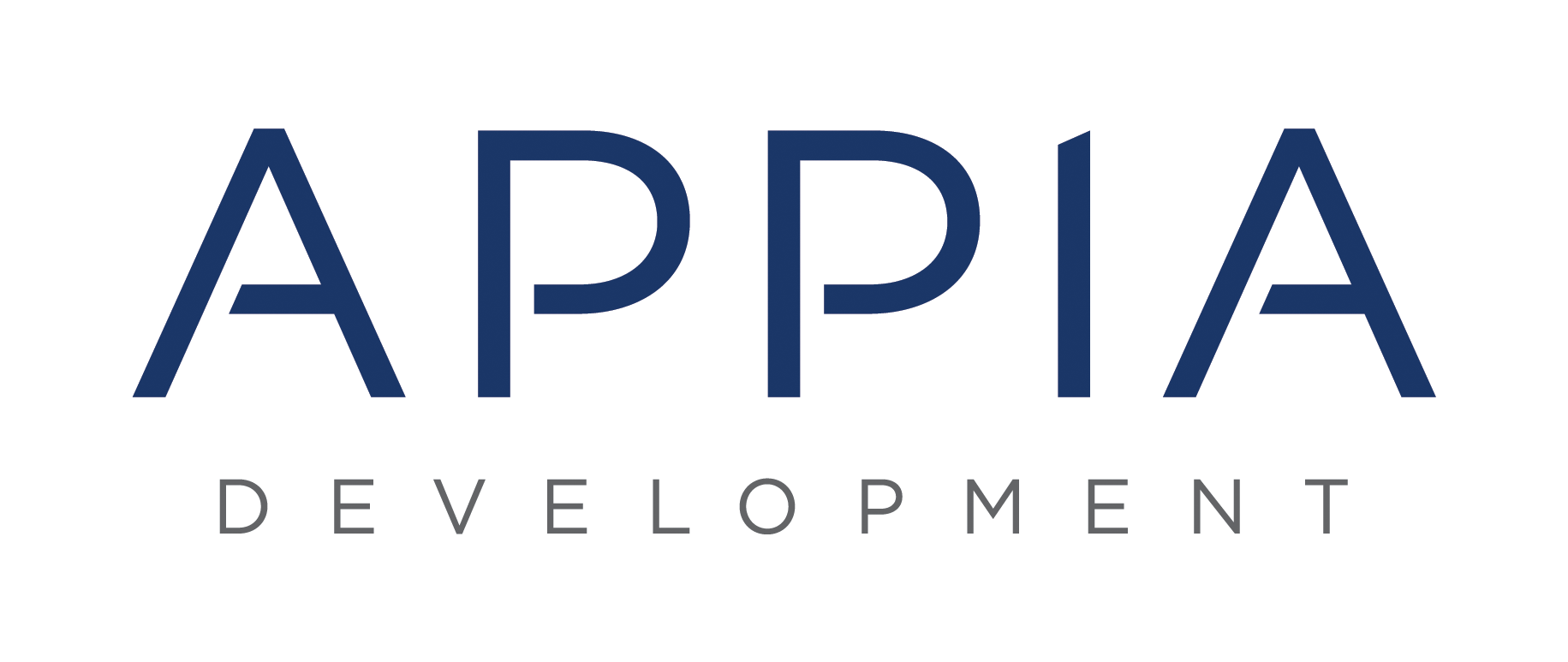
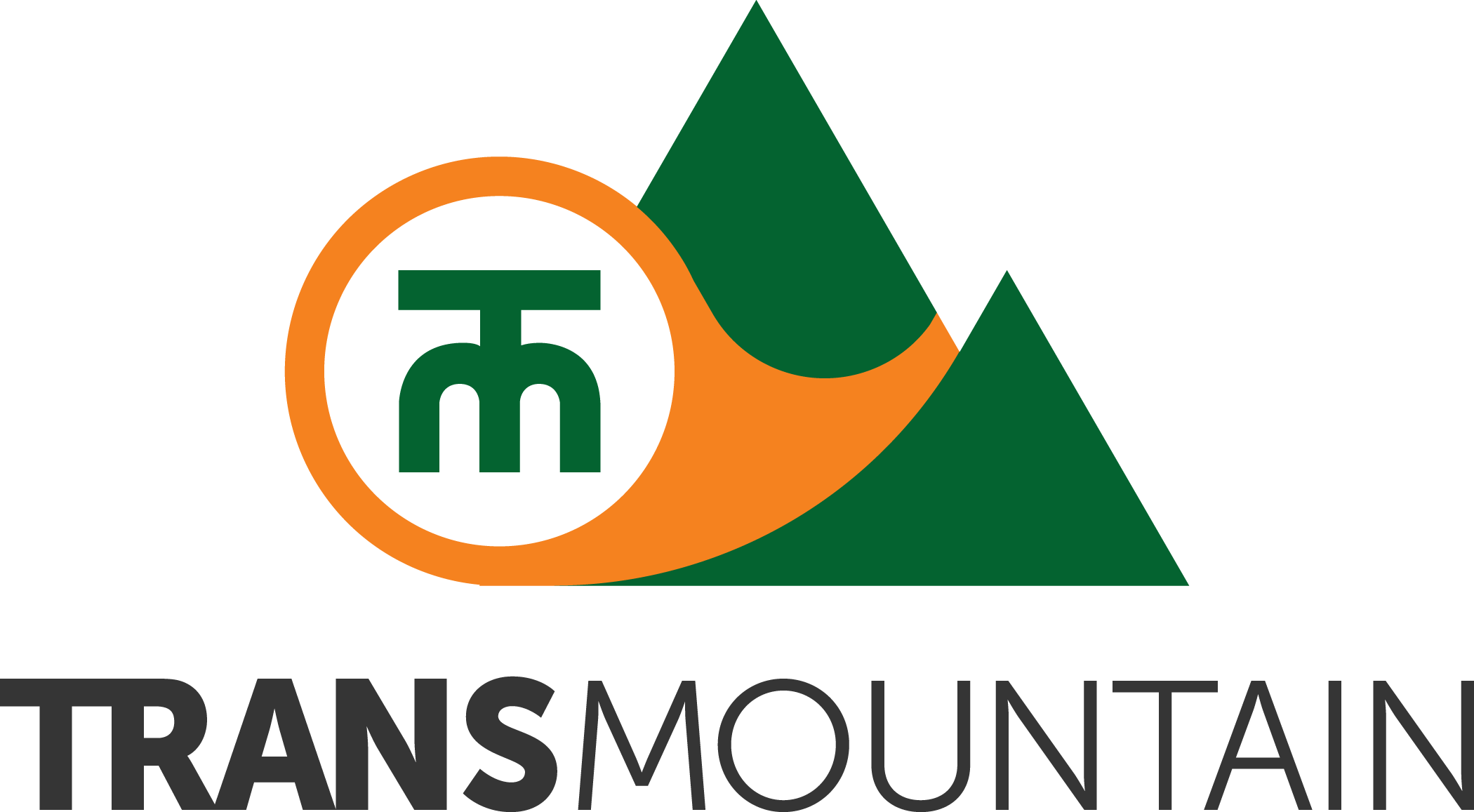


connect with us